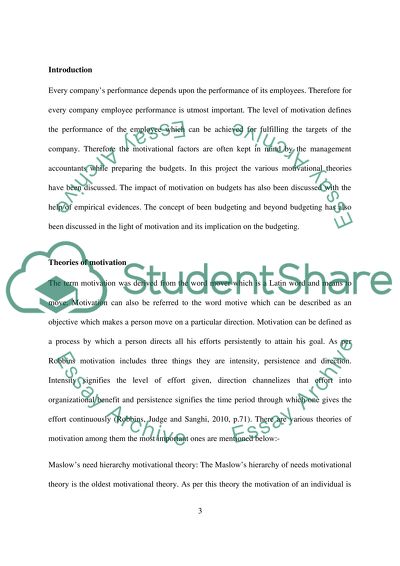Cite this document
(“Introduction to Management Accounting Essay Example | Topics and Well Written Essays - 2000 words”, n.d.)
Retrieved from https://studentshare.org/finance-accounting/1431806-introduction-to-management-accounting
Retrieved from https://studentshare.org/finance-accounting/1431806-introduction-to-management-accounting
(Introduction to Management Accounting Essay Example | Topics and Well Written Essays - 2000 Words)
https://studentshare.org/finance-accounting/1431806-introduction-to-management-accounting.
https://studentshare.org/finance-accounting/1431806-introduction-to-management-accounting.
“Introduction to Management Accounting Essay Example | Topics and Well Written Essays - 2000 Words”, n.d. https://studentshare.org/finance-accounting/1431806-introduction-to-management-accounting.


